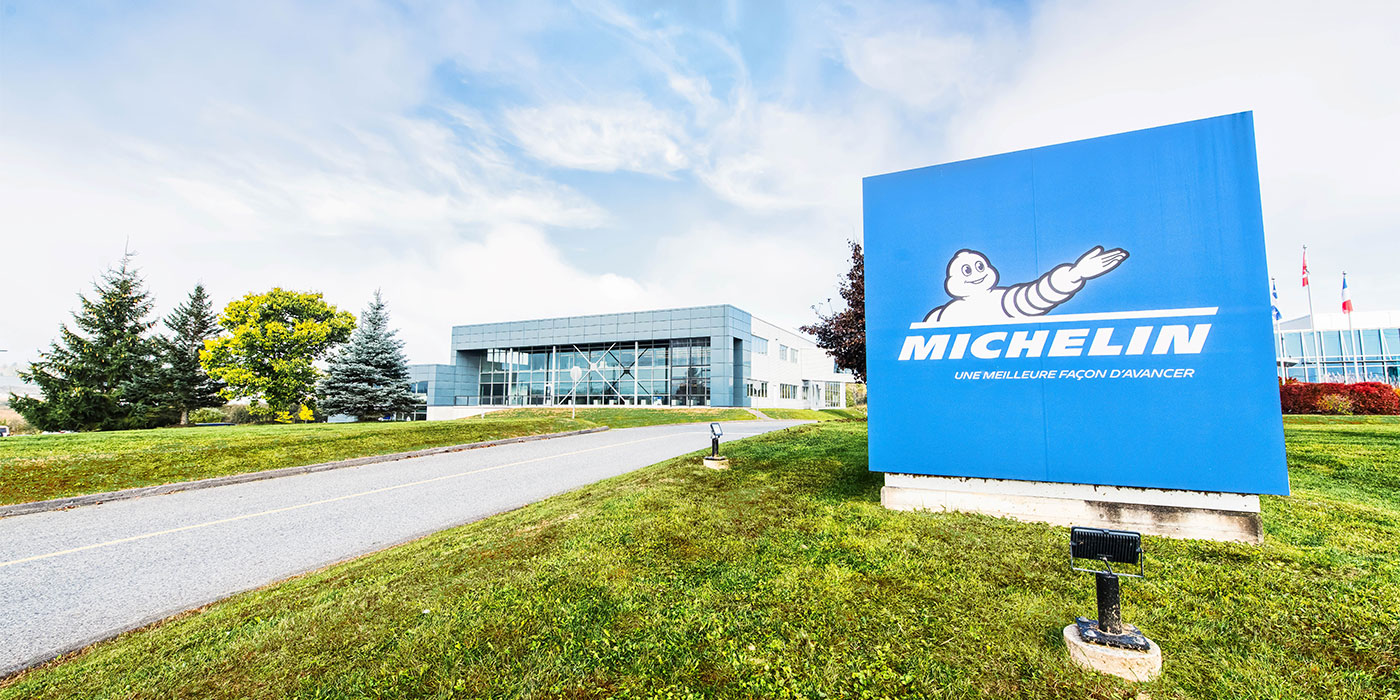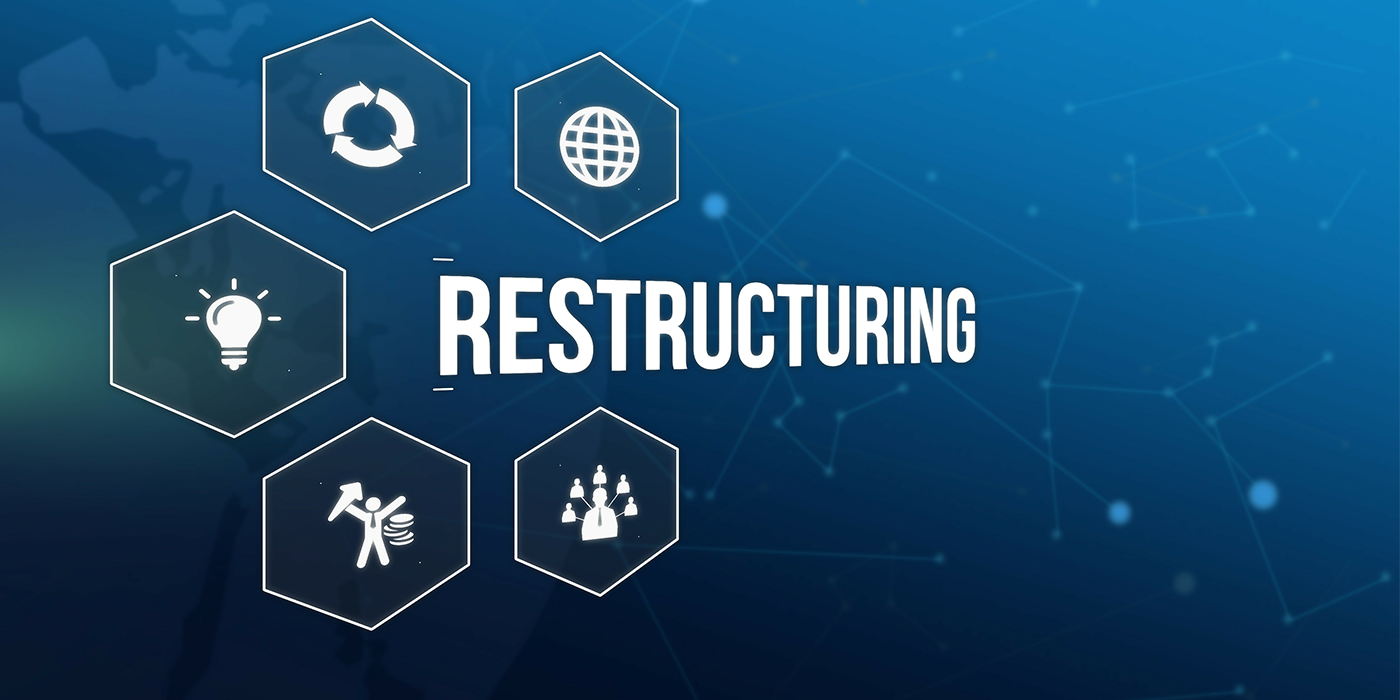Pricing is based on three components: your costs to produce, market and sell tires and service plus all related business expenses; the profit you hope to produce; and the price customers are willing to pay.
Assessing that final component can be daunting, but you can gather clues about how customers perceive your products and services – and your dealership as a whole. Do they believe you have something unique to offer? Are they aware of the features that set your products and services apart from other tire retailers or distributors? Do your customers feel you understand their specific needs?
Pricing is extremely important in the tire industry, as consumers often equate “value” with “low cost.” To some consumers, a tire is a tire is a tire. Justifying high – or higher – prices requires establishing your value proposition: Why your knowledge, expertise, experience, products and service are clearly superior to your competition – and why they are best for that customer.
It may help to think of pricing as a continuum. Customers generally set low-end prices and upper limits in their minds (sometimes driven by budget constraints). If you set prices too low in an effort to compete with the “cheapest tire in town,” most consumers will naturally be concerned about the quality of those “cheap” tires.
Also consider your price points, levels at which customers may balk at prices. You have to set your own prices based on costs and competition, but consider how customers “see” prices. In one case, customers were unconcerned about a price increase from $11.95 to $12.95, but balked at an increase from $9.95 to $10.95. It was the same $1 increase, but psychologically, they saw them differently.
Some pricing policies you may want to consider implementing at your tire dealership include:
• Discounts. Generally, businesses discount prices to introduce products, encourage early-bird buyers, reward prompt payment, extend a selling season, clear out slow-moving inventory or promote volume sales. Base discounts on the return they will produce.
• Set margins. This strategy involves pricing products at a set profit percentage above cost, as a group rather than individually. For example, you might establish a 35% margin for one brand across the board, and a 40% margin for another brand.
• Captive pricing. Companies that use this strategy sell the basic item (such as a set of tires) at a low cost and make added profit on selling necessary accessories (tire maintenance products or wheels) and service (mounting, balancing, stems, etc.). Tire dealers that use this strategy would presumably make their real profits on service, not just tires.
• Bundled or a la carte. Consider, also, the strategy of selling a set of tires as one unit vs. separate units that are individually more expensive. Weigh the benefit of making the buying choice easy for customers vs. giving them more choices.
No matter which pricing strategy you choose to implement, remember that settling on the “right” price is an ongoing process, not a task you only handle once a year. Costs, customer perceptions, market conditions and competitors’ pricing change continually.
– Source: Tire Review Business Toolbox













